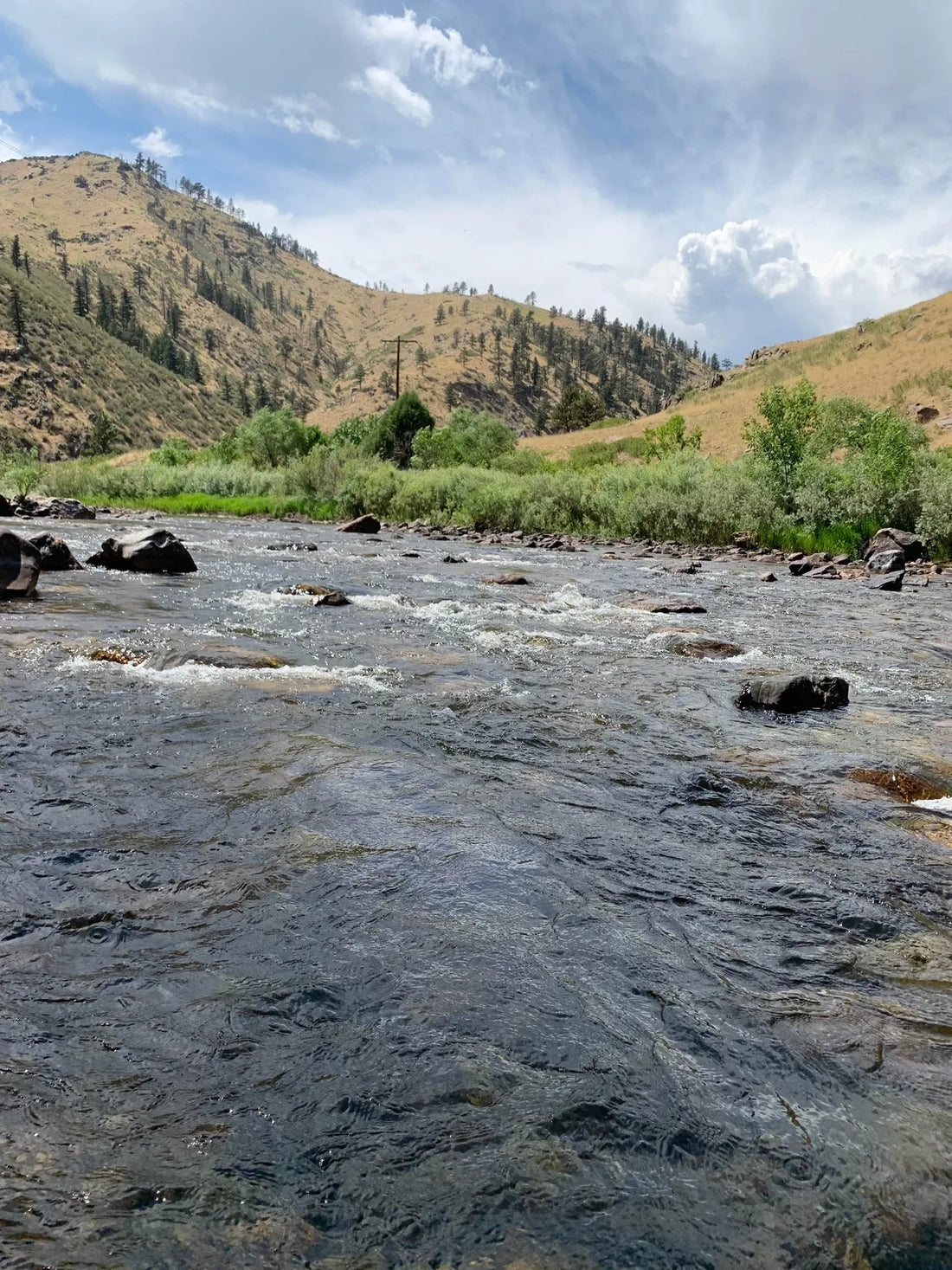
What is Being Done to Protect Our Inland Waterways?
Share
This is post 3/3 of the Reef Healers Water Series.
Overview
Colorado is home to some of the most important headwaters in the country, and because of this, we are responsible for the care and protection of these critical resources essential to all life. The headwaters of Colorado rivers and streams are the lifeblood of our state’s communities, wildlife, industry, and agriculture, plus the foundation of a healthy water cycle for neighboring regions downstream.
With over 150 named rivers that originate from the many basin regions, Colorado has the title of "The Headwaters State" as one of its many proud names. These rivers and their tributaries eventually join the Colorado, Platte, Arkansas, and Rio Grande rivers, supplying sustaining water to ecosystems and communities in Colorado as well as multiple other states on both sides of the Continental Divide.
Many efforts to preserve inland water resources are being implemented throughout the state, where organizations, individuals, and communities work to protect the headwaters of these essential river basins. The headwaters of the Colorado River basin alone, located in Northern Colorado, provides water to around 40 million people across seven states and two countries, accounting for nearly one-tenth of the U.S. population. These resources are also critical to the health of numerous wetland ecosystems, which act as filters to provide clean water to downstream communities and support a diverse range of wildlife.
Issues
Freshwater is a vital resource that is under ever-growing stress in Colorado due to the state's rapid population growth and expansion. By 2030, it's expected that the demand for freshwater will exceed the annual supply and cause limits to be put on water consumption. At the same time, threats from climate instability, destructive wildfires, mining, and more may further decrease the sustainability and quantity of this vital resource.
Colorado's watersheds have already seen negative impacts from climate change in recent years leading to lower snowpacks, earlier annual snowmelt, more frequent and severe droughts, and wildfire risks. These growing concerns highlight the critical need for the state to build resilience through repairing, protecting, and upgrading its water resources in order to sustain sufficient quantities of clean water throughout the year. Colorado will face more water issues as the economy expands to support Front Range cities, farming and ranching communities, mountain towns, wildlife habitat, outdoor recreation & tourism, and industries.
Solutions
Colorado's Water Plan recognizes these pressing circumstances and encourages coordinated efforts to increase water storage, maintain healthy watersheds and streams, and improve the state's current water resources. Implementing long-term protection and boosting restoration efforts for water sources including wetlands, aquifers, streams, and springs, are essential to the prolonged security and health of ecosystems and the natural services they provide for the human population.
The Headwaters Coalition is a group of organizations, businesses, and individuals committed to the protection and preservation of Colorado's headwaters. Working to ensure that these resources remain healthy for generations to come, the coalition recognizes the critical role that headwaters play in maintaining the water cycle and the impact that a healthy water cycle has on the wellness of our communities, habitats, and the planet.
The coalition is taking an innovative approach to protecting Colorado's headwaters by working with local communities and organizations to promote best management practices for water resources, wetlands, and river basins. This includes working with ranchers and farmers to reduce erosion and runoff, promoting the use of best management practices for water resource management, and partnering with local governments to protect wetlands and river basins from development and other threats. The coalition is also working to educate the public about the importance of headwaters and the water cycle, and how we can all play a role in preserving these critical resources.
Click here for more information on the Headwaters Coalition
The Northern Colorado Water Conservancy District is another entity that has developed a number of projects and initiatives aimed at protecting and conserving the headwaters of many rivers through the protection of wetlands, the implementation of best management practices in agriculture, and the development of water conservation measures for urban areas.
In Colorado, efforts to preserve water resources include promoting sustainable agricultural practices, reducing water waste, improving the management of pollutants from urban areas that can enter waterways, protecting local wetlands, and increasing the effectiveness of aquifers to help prevent water from evaporating and maintaining normal flows during drought. These efforts aim to maintain the health of the headwaters and ensure that they continue to provide clean water for the region and the ocean downstream.
Conclusion
By protecting and conserving the headwaters of rivers in northern Colorado, we can help to ensure the health and stability of freshwater ecosystems and reduce the risk of pollutants and runoff flowing into the ocean. This, in turn, will benefit ocean health and reduce the occurrence of dead zones caused by river runoff. Protecting and conserving inland water resources is essential to the health of ocean ecosystems. By understanding the water cycle and the connection between freshwater and ocean ecosystems, we can take action to reduce the impact of human activities on freshwater resources and ensure a healthy future for both freshwater and ocean ecosystems.
If you want to get involved, you can also make a difference in your own community by conserving water, reducing runoff and erosion, and promoting best management practices for water resources.
